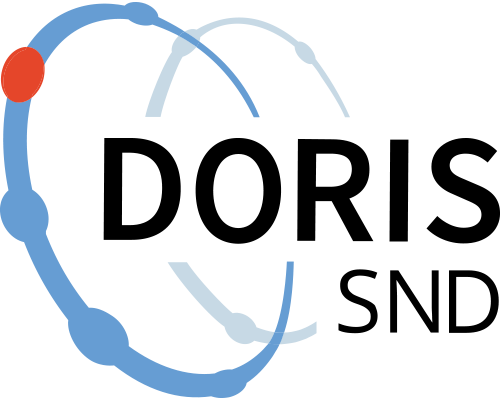Strategies for keeping dairy cows and calves together – a cross-sectional survey study
Interest in keeping dairy calves with adult cows for a period of time after calving is increasing among consumers and dairy farmers. At present, however, it is largely unexplored how dairy farmers implement cow-calf housing on their farms. This survey therefore investigated how dairy farms with cow-calf contact managed their animals during the time that cows and calves are in contact. In addition, it evaluated which aspects of management were perceived as most challenging, and how farmers dealt with these challenges. Interviews were conducted on 104 dairy farms from six European countries. The farms kept cows and calves together for at least 7 days, and sold milk to dairies. The respondent could be either the owner or the farm manager. Cow-calf farming was practised on farms with a wide range of management systems, from small farms that kept their animals outdoors throughout the year and milked cows by hand or in mobile clamp milking machines to robotic farms. Calves could be kept with the dam or foster cow for part or all of the milking period. Daily contact time varied between farms, from 15 min twice a day at milking to contact throughout the day. Many farmers had observed stress-related behaviours when cows and calves were finally separated, yet the most common separation method was to move the calves away from the cows without first reducing contact time. Constraints with existing buildings were most often cited by farmers as a difficulty in starting cow-calf farming.
Structured questionnaire-based interviews regarding the management and feeding of cows and calves were conducted on 104 European dairy farms where calves were kept with adult lactating cows for at least 7 days after calving. The study collected mainly quantitative data, which allowed the inclusion of a larger number of farms. As it is not possible to identify farms with cow-calf contact in central databases, the included farms represent a non-probability sample. However, this study is currently the largest survey conducted regarding the use of cow-calf contact on commercial dairy farms. The study was designed to collect baseline data in this new area of research, and the results are therefore presented descriptively. We used Netigate to gather the interview responses and analysed the data using the softwares R, Stata and Microsoft Excel. Paths need to be customized in order for it to function (is there reference to "MyRepository" on line 6).
The data file contains 114 rows and 189 columns.
Go to data source
Opens in a new tabhttp://hdl.handle.net/hdl.handle.net/20.500.12703/3988
Documentation files
Documentation files
Citation and access
Citation and access
Data access level:
Creator/Principal investigator(s):
Research principal:
Principal's reference number:
- SLU.kv.2022.IÄ-3
Data contains personal data:
Yes
Type of personal data:
Pseudonymised information (names) of respondents
Code key exists:
Yes
Citation:
Language:
Method and outcome
Method and outcome
Geographic coverage
Geographic coverage
Administrative information
Administrative information
Topic and keywords
Topic and keywords
Relations
Relations
Publications
Publications
Metadata
Metadata
Version 1
